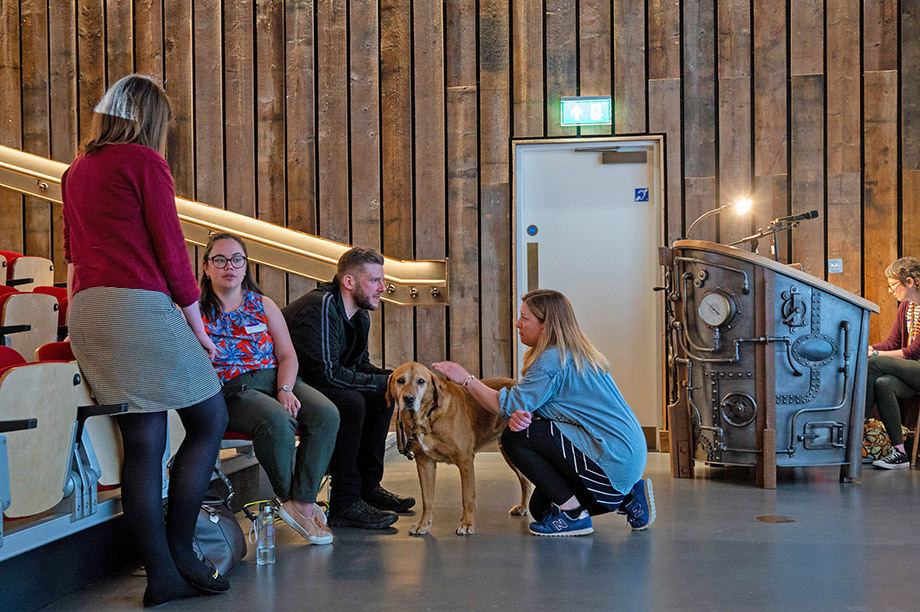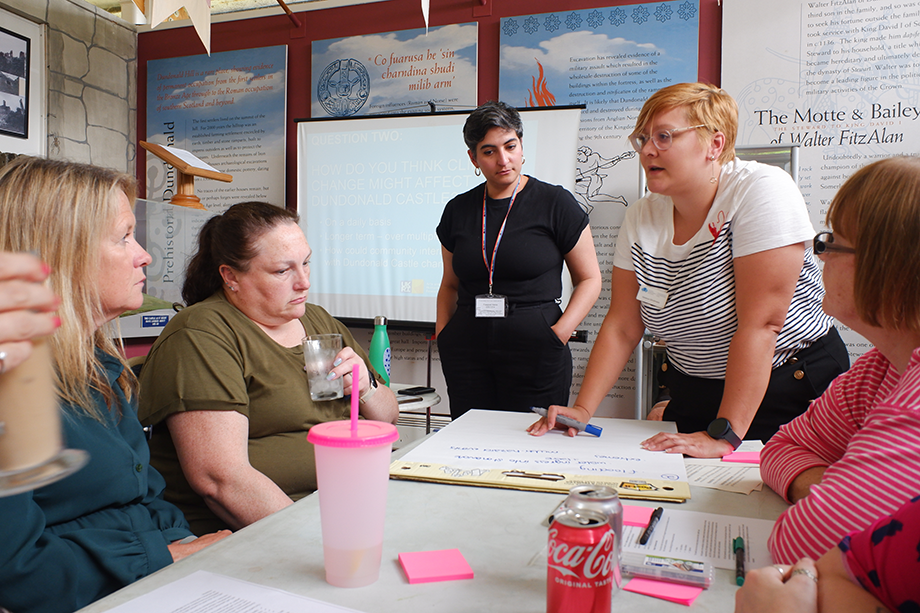
Discover how people and communities are at the heart of Scotland's historic environment.
Our approach to achieve our outcomes is to facilitate and coordinate a wide range of actions, development, and dissemination activities that move us forward. You can find more information on our current work underway to achieve each outcome on these pages.
All our work will be reported against our original baseline assessment of the sector’s performance.
The Skills Investment Plan (SIP) for the historic environment (2024) will produce detailed action plans.

There are short-term and long-term actions emerging for this area, including the important need to collaborate on or commission advice to inform work packages to tackle the needs of communities

Understanding where community owned assets are located helps us support place-based strategies and ensures communities across Scotland can access, value, and benefit from their built environment. This map shows the number of recorded assets by local authority, offering a snapshot of where they are distributed across the country. A deeper analysis to understand the percentage of heritage assets in community ownership is ongoing.
There are short-term and long-term actions emerging for this area, including the important need to develop work packages to tackle known diversity and inclusion needs.

Different people can engage with Scotland’s historic environment in different ways. This dashboard shows how attendance at heritage sites has changed since 2018 and highlights how communities are connecting with the past. Use the filters to explore activity types and see attendance patterns across gender, age, disability status, ethnicity, and sexual orientation, as reported in the Scottish Household Survey.
From August 2024 onwards we will collaborate on or commission advice to inform work packages that will tackle priority needs in this area, which are:
Please contact us if you would like to be involved in this work. Further updates on events or consultations will be communicated here.
The Montrose Playhouse is a community funded project run by local volunteers as a registered charity. Its origins can be traced back to 2013 when a Montrose-born architectural designer uploaded speculative plans for a new cinema to social media. The site chosen was the derelict local swimming pool that lay empty after a modern facility was built nearby.
The social media post immediately garnered widespread local attention and sparked community discussions about reuse and regeneration of the site. A committee was formed and consultation began on the site’s future. Nine years later, they realised their dream of a cinema and wider cultural and arts hub.
The Montrose Playhouse is now open as an adaptable three-screen cinema with education and exhibition spaces, as well as a retail space and café bar.